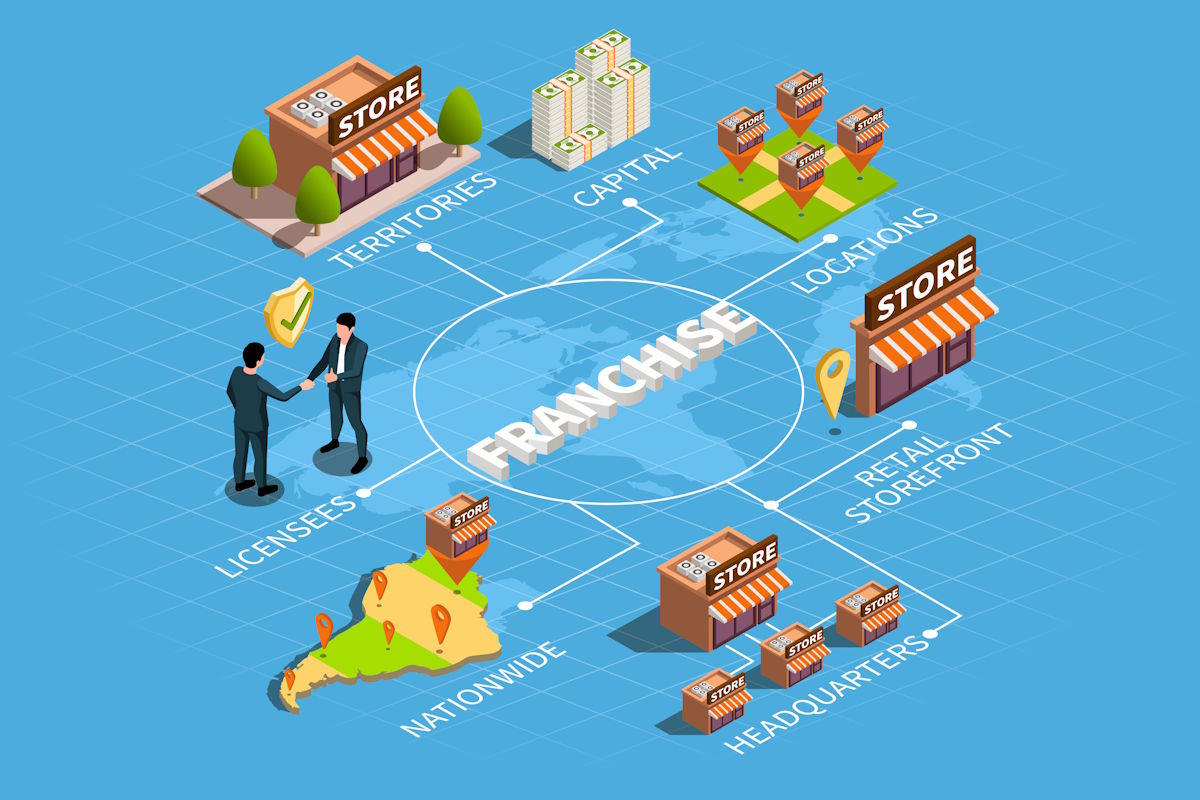In today’s fast-paced world, businesses are constantly seeking new ways to improve efficiency, reduce costs, and stay competitive. One of the most transformative changes is the integration of Artificial Intelligence (AI) and automation into global supply chains. These technologies are revolutionizing how goods are produced, stored, and distributed across the globe.
Let’s explore how AI and automation are transforming global supply chains.
Understanding the Global Supply Chain
A supply chain refers to the entire process of producing and delivering a product to the consumer. It includes sourcing raw materials, manufacturing, warehousing, transporting, and distribution. In a global context, supply chains span across multiple countries and regions, involving a wide range of companies and services.
The traditional supply chain often faces challenges such as inefficiencies, high costs, long lead times, and difficulties in managing inventory. With the rise of AI and automation, these issues are being addressed, leading to smarter, more efficient, and agile supply chains.
The Role of AI in Supply Chain Management
AI is the branch of computer science that creates machines and software capable of performing tasks that usually require human intelligence. In the context of supply chains, AI is used to optimize various processes, including forecasting demand, managing inventory, routing shipments, and improving customer service.
- Predictive Analytics for Demand Forecasting
One of the key challenges in supply chain management is accurately forecasting demand. Businesses need to predict how much of a product will be needed in the future to avoid stockouts or overstocking. Traditional methods, often relying on historical data and basic mathematical models, were limited in their ability to account for variables such as changing consumer preferences, seasonal trends, and market disruptions.
AI, specifically machine learning, has revolutionized demand forecasting. Machine learning algorithms can analyze large datasets, identify patterns, and make predictions based on a wide range of factors. This allows businesses to more accurately forecast demand, ensuring that the right products are available at the right time, thus reducing waste and improving customer satisfaction.
- Optimizing Inventory Management
AI also plays a significant role in shaping inventory management. Managing inventory involves ensuring that there is enough stock to meet demand without overstocking, which can tie up capital and lead to storage costs.
AI-powered systems can automate inventory tracking in real-time, providing businesses with up-to-date information on stock levels. AI can also recommend optimal reorder points and quantities based on demand forecasts, helping businesses maintain the right balance of inventory. This reduces the risk of stockouts and overstocking, ultimately lowering costs and improving service levels.
- Enhanced Route Optimization for Logistics
A major factor in the supply chain is transportation. Delivering products efficiently and on time requires careful planning and optimization. AI is revolutionizing route planning by considering real-time traffic data, weather conditions, road closures, and other variables to optimize delivery routes.
AI-powered logistics platforms can suggest the most efficient routes for delivery trucks, reducing fuel consumption, delivery times, and costs. These systems also enable businesses to track shipments in real-time, providing customers with accurate delivery information and improving the overall experience.
- Automation of Customer Service
Customer service is essential in any supply chain. AI is increasingly being used to automate customer support through chatbots and virtual assistants. These AI systems can handle common customer queries, process orders, track shipments, and even resolve issues without the need for human intervention.
By automating customer service, businesses can reduce operational costs and improve response times. Customers, in turn, benefit from faster and more accurate answers to their questions, which enhances satisfaction and loyalty.
The Impact of Automation on Supply Chains
While AI enhances decision-making and optimization in supply chains, automation focuses on physically performing tasks more efficiently. Automation refers to using machines, robots, and software to carry out tasks that would otherwise be performed by humans. In supply chains, automation can be applied to several key areas, including warehousing, manufacturing, and delivery.
- Robotic Process Automation (RPA) in Warehousing
A key aspect of the supply chain is warehousing. Goods need to be stored, sorted, picked, and packed efficiently to meet demand. Traditional warehousing often relied on manual labor, which could be slow, costly, and prone to errors.
Automation has transformed warehouses by introducing robots and automated systems that can perform tasks such as picking and packing goods. Automated guided vehicles (AGVs) transport products around the warehouse, while robotic arms handle tasks like sorting, packing, and labeling. These automated systems can work around the clock, improving efficiency and reducing labor costs. This not only speeds things up but also allows workers to focus on tasks that require more human expertise, such as quality control.
- Automation in Manufacturing
In manufacturing, automation has been a game-changer. Robots and automated machinery are now able to perform tasks such as assembling products, welding, painting, and testing. These machines are highly precise and can work much faster than humans, leading to increased productivity and reduced errors.
AI is also used in predictive maintenance to ensure that machines operate smoothly. By using sensors and analyzing data from machines, AI can predict when a piece of equipment is likely to fail, allowing businesses to schedule maintenance before a breakdown occurs. This reduces downtime and helps maintain continuous production.
Benefits of AI and Automation in Supply Chains
The integration of AI and automation into global supply chains offers numerous benefits for businesses, workers, and consumers. Let’s take a look at some of the most significant advantages.
- Increased Efficiency and Productivity
AI and automation streamline processes and reduce the need for manual intervention. By automating repetitive tasks, companies can achieve higher productivity levels and reduce human error. This leads to faster production times, quicker deliveries, and smoother operations.
AI and automation help companies save money in multiple ways. Automated systems reduce the need for manual labor, lower operational costs, and minimize waste. By optimizing routes, reducing inventory levels, and improving demand forecasting, businesses can cut costs associated with transportation, storage, and inventory management.
- Improved Accuracy and Reliability
AI and robots are less prone to errors compared to humans. This improves the overall accuracy of processes like inventory management, order fulfillment, and quality control. As a result, businesses can deliver products more reliably, which boosts customer satisfaction.
AI and automation make supply chains more agile and adaptable to changes. Businesses can respond more quickly to disruptions, such as supply shortages or changes in demand. Machine learning systems can adjust forecasts and inventory levels in real-time, ensuring that the supply chain remains flexible and responsive.
- Better Customer Experience
With AI-driven chatbots, faster deliveries, and more accurate order fulfillment, customers benefit from a smoother and more reliable experience. AI can also personalize recommendations based on customer behavior, enhancing the shopping experience and increasing sales.
Despite the many benefits, the integration of AI and automation into supply chains is not without challenges. One of the main concerns is the impact on employment. As machines take over tasks previously performed by humans, workers may face job displacement. However, automation also creates new jobs in fields like robotics, AI development, and data analysis.
Another challenge is the high initial investment required to implement AI and automation technologies. Small and medium-sized businesses may find it difficult to afford these technologies, putting them at a competitive disadvantage compared to larger companies.
AI and automation are transforming global supply chains in profound ways. From improving demand forecasting and inventory management to optimizing logistics and automating manufacturing, these technologies are driving efficiency, reducing costs, and enhancing customer satisfaction. While challenges remain, the future of supply chains is undoubtedly more intelligent, faster, and more connected. Businesses that embrace AI and automation will be better positioned to compete in an increasingly digital and dynamic global market.






































